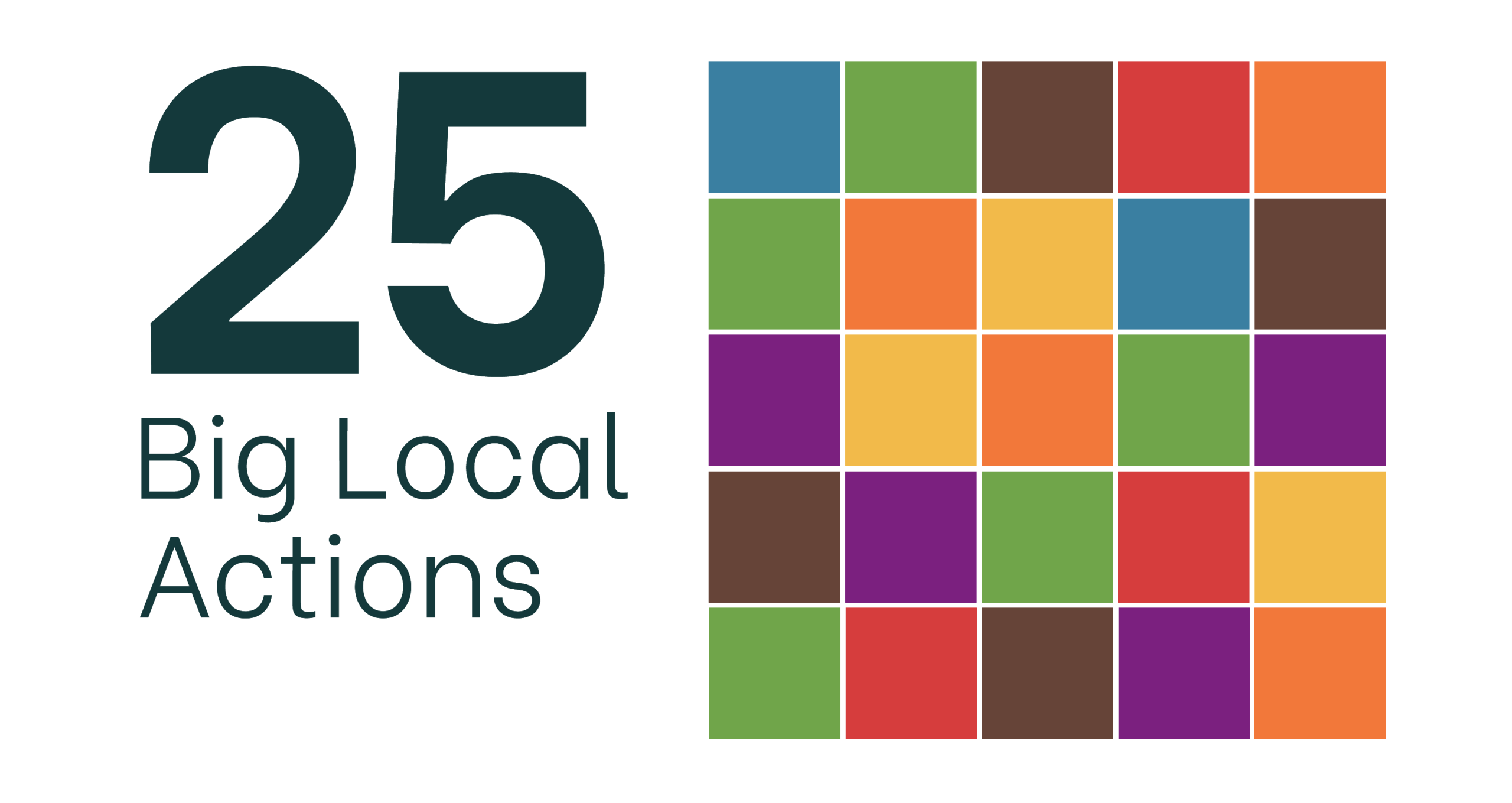
When thinking about protecting nature, and about taking action to make our communities more resilient against the effects of climate change, we often think about what we can see: the trees, the insects, the buildings we live in and the ways we travel on land. Yet no one in the UK lives more than 80 miles from the sea, so what happens in the water has a huge impact on our lives, and what we do both inland and on the coast can make a real difference.
If you want to read or listen to a couple of inspiring examples about protecting our shores from coastal flooding, look below. If you are already involved in a similar project, jump here if you want to do something bigger.
Inspiration read
Nature based solutions to protect communities from coastal flooding
Stronger Shores
Stronger Shores is a collaborative project in the northeast of England, involving South Tyneside Council, universities and nature trusts. The team has turned to the hidden habitats below the waves – seagrass meadows, kelp forests and oyster reefs – for solutions that can make big stretches of the British coastline and communities stronger in the face of flooding, coastal erosion and climate change. Marine experts are learning firsthand how these habitats are reducing erosion, stabilising shorelines and supporting local wildlife, in addition to capturing more carbon. Replicable in other coastal areas, they are creating a flood and coastal resilience practitioner’s toolkit for marine habitat restoration.
Our Future Coast
In another big collaboration, Our Future Coast is developing a set of 14 natural ‘buffer strips’ to increase the coastal resilience of vulnerable hot spots in the northwest of England. Creating and protecting natural coastal buffer zones, with their rich vegetation, provides multiple benefits (beyond reducing coastal erosion and flood risk). These include improved biodiversity, water quality and carbon capture. For example, Hest Bank outside Lancaster is one of these buffer strips, where local people and volunteers have been installing wooden and plant structures to speed up the regeneration of the protective saltmarsh.
Making Space For Sand
Making Space For Sand is an ambitious coastal project looking at sandy beach dune systems to protect our shores, across 40 different locations in Cornwall. Sand dunes are important because they can absorb wave energy and they are natural sea defences, but this form of shoreline protection is only possible and effective where there is enough store of sand. Without space along our coastal fringes for these sand dunes to roll back and build up, the rates of erosion can increase dramatically and compound the risks faced by communities located behind them. Surveying and tracking all 40 systems, the cross-sector team is developing a resilience plan and toolkit that will help in making sufficient space for natural sand dune defences along the Cornish coast and elsewhere.
-
Inspiration listen
Protect Our Shores
Diving into the importance of marine habitats and coastal conservation, with WWF UK and Cornwall Wildlife Trust.
Do something bigger
From growing and protecting natural coastal defences to integrating and deploying them as core assets in our coastal infrastructure, there’s a lot that different organisations across multiple sectors can do by working together on something bigger.














